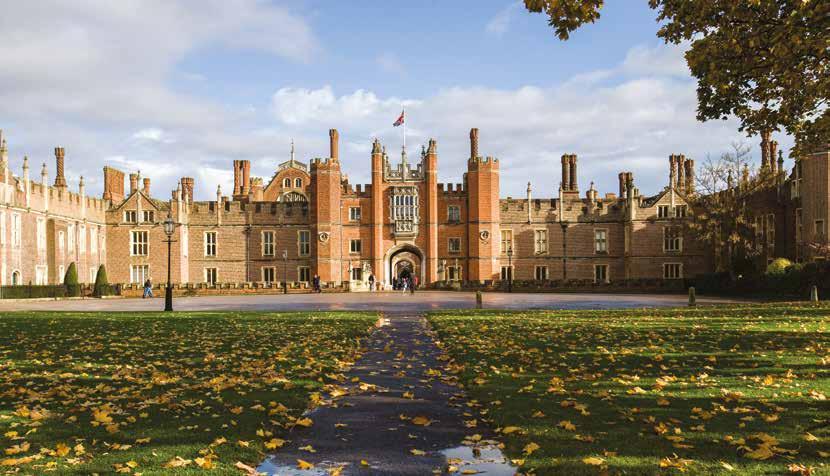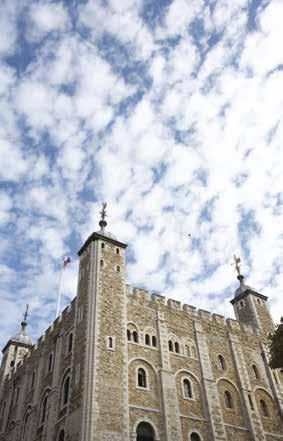
2 minute read
DEMENTIA Dealing with
to-day support, but also support somebody emotionally as a source of comfort.
We always introduce care professionals to the client and their family before they provide any care; we never send a stranger to the front door. Continuity is critical to providing exceptional care, so we ensure our clients see the same care professionals every visit. It helps both parties bond and develop a strong relationship, particularly since they’re matched according to personality traits and shared interests. A strong, lasting relationship doesn’t only mean care visits being more enjoyable; care professionals can also pick up on any changes that they see in the client and flag any health concerns.
Of course, as needs change the care plan must reflect that. Perhaps the dementia has progressed and an hour a day isn’t enough? We review care plans on a regular basis and discuss suggested changes with the client and their family. There’s a lot to be gained from speaking to us shortly after a diagnosis, even if care isn’t needed at that point. We can help you plan for the future so that introducing care doesn’t have to be rushed and is stress-free.
As a local business, we can signpost families to helpful organisations in the area which we work closely with. This includes support groups like the Alzheimer’s Society’s singing groups and Dignifying Dementia in Prestwich. There are countless families facing the same challenges as you, and groups like this are a chance to share tips and understand you aren’t the only one in these circumstances.
Dealing with what comes following a dementia diagnosis doesn’t have to be a stressful time. Get in touch with Home Instead and we can introduce another pair of safe hands to support your loved one, and help you continue enjoying the time you spend together.
Homeinstead.co.uk/bury kevin.winch@homeinstead.co.uk
0161 796 2988 (Bury)
0161 870 1136 (Altrincham)
0161 884 0562 (South Manchester)
Hampton Court Palace | London England
Just under an hour from London, Hampton Court Palace is Henry VIII’s former home after his marriage to Anne Boleyn. Originally built by his councillor and member of the clergy, Thomas Wolsey, the building of the palace began in 1514. Still in possession of the crown, Hampton Court Palace is a symbol of Tudor History and marvellously maintained for any history buffs. Attractions include the Tudor Kitchens, the Great Hall, and the fountain in the courtyard which used to flow with wine for King Henry’s courtiers. Hrp.org.uk/hampton-court-palace
Chateau De Versailles | Versailles France
The Chateau De Versailles is the decadent home of The Sun King, Louis XIV. Originally a hunting lodge for Louis XIII built in 1623, the palace was expanded from 1661 to 1715 to the 2,300 roomed palace it is today. Attractions at Versailles include the 2,000-acre gardens displaying fountain shows throughout the day, the King’s Private Apartments, Marie-Antoinette’s Private Chambers, and the Hall of Mirrors which contains 578 mirrors facing 17 windows, creating a perfectly sunlight room. Just under an hour outside of Paris, Versailles is a pinnacle of European royal history. En.chateauversailles.fr
Neuschwanstein Castle | Schwangau Germany
The castle which inspired Walt Disney’s Sleeping Beauty Castle and artwork from renowned artist, Andy Warhol, lies just 45 minutes outside of Munich. Just like its Disney counterpart, Neuschwanstein appears to be sitting atop a mountain as if by magic. Commissioned by Ludwig II, remembered by history as Mad King Ludwig for his ambitious architectural antics, Neuschwanstein is no exception. Situated over 3,000 ft above sea level, the castle began construction in 1869 and was completed with many contemporary technological advancements like hot water, a battery powered bell system for servants, and telephone lines.
Neuschwanstein.de/englisch
The Tower of London | London England
The Tower of London, home to the crown jewels and an iconic building in England’s history. Situated in the borough of Tower Hamlets, The Tower is a 30-minute tube ride from Central London. The oldest part of the structure dates back to William The Conqueror in 1078 with other expansions taking place up until 1399. The Palace also









